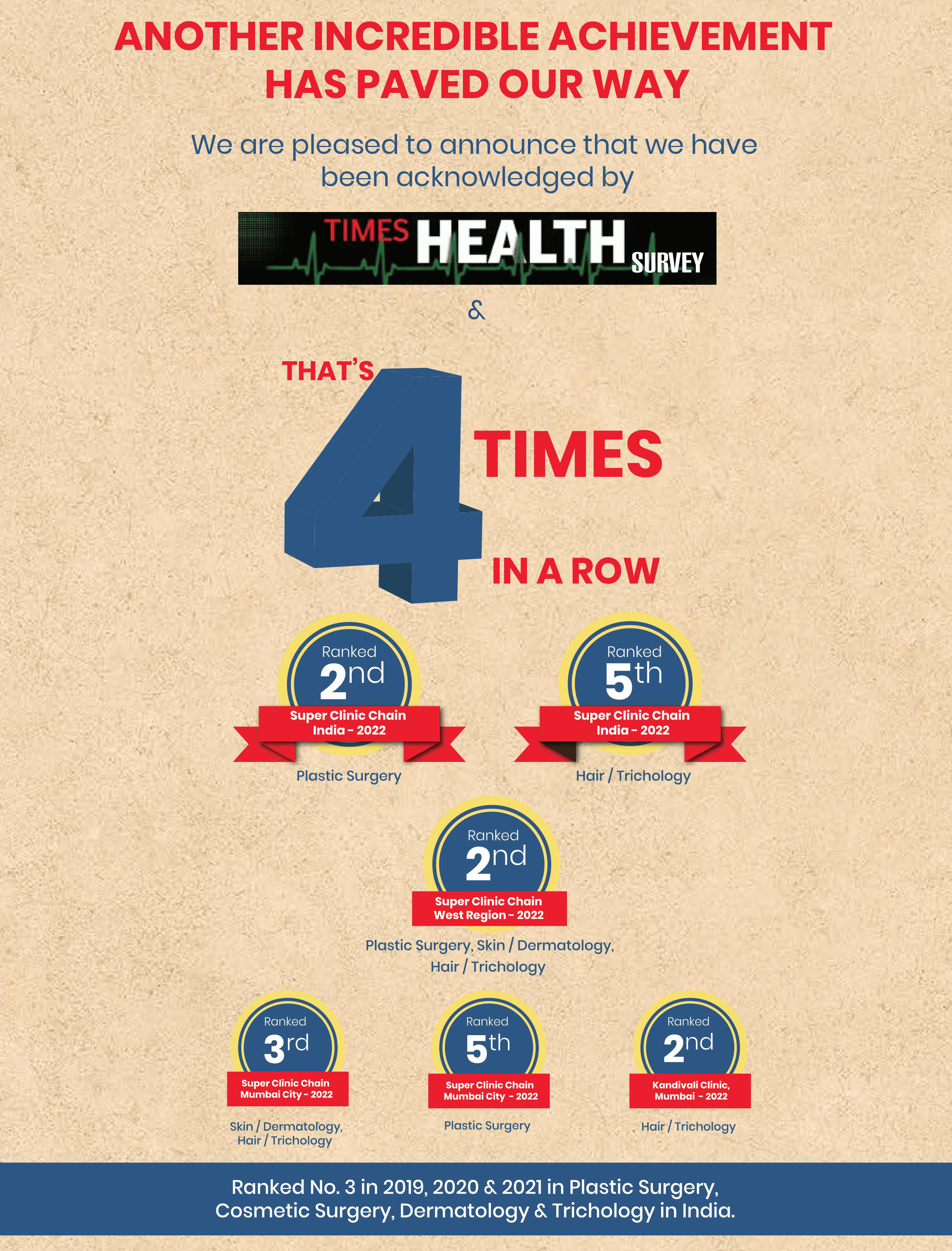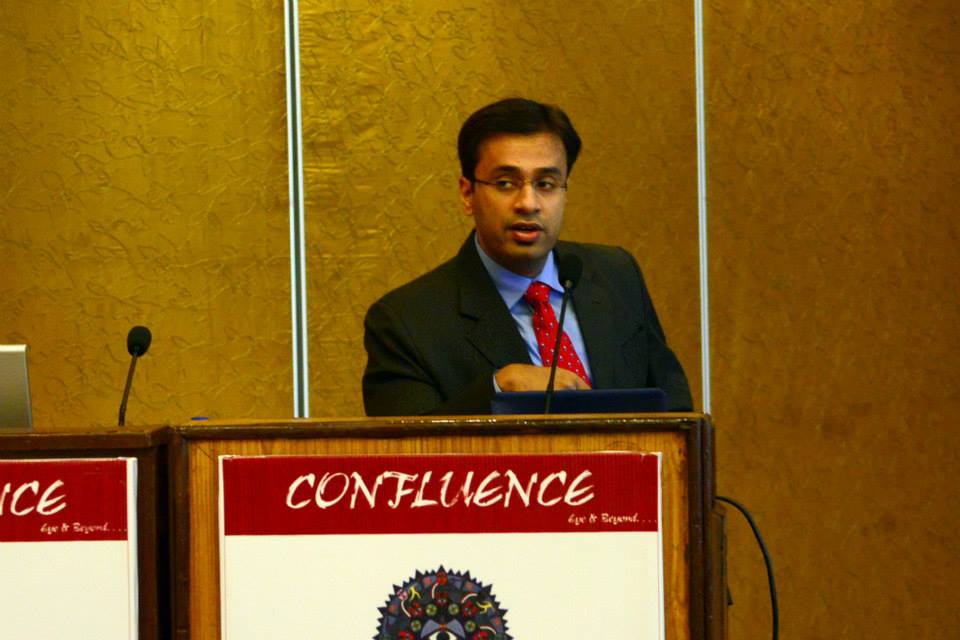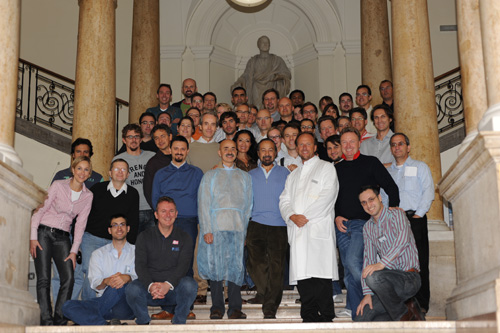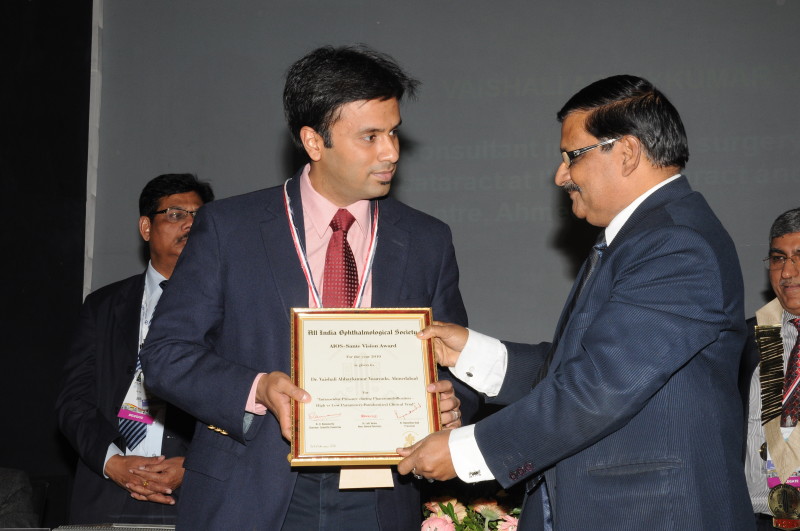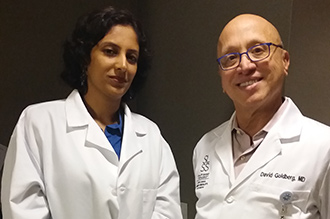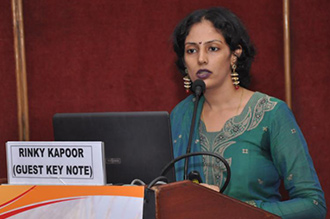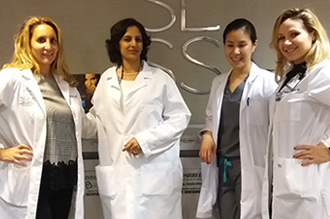Bell’s Palsy Treatment:
Bell’s palsy is characterized by the frailness of facial muscle although the cause is yet to be unravelled. Some connections have, however, been established between the incidence of Bell’s palsy and conditions like diabetes, hypertension, multiple sclerosis, Lyme disease, respiratory complications, and viral infections. At the onset of this disorder, an individual will show symptoms such as uncoordinated facial movements, loss of taste, drooling, headache, dry mouth, eye irritation, loss of feeling in the face. Bell’s palsy does cause the marked deformation of the face as a result of damage to the facial nerve – which is the seventh cranial nerve. More so, the patient finds it difficult to make precise facial expressions as the facial muscle becomes weakened. There are instances where the symptoms of Bell’s palsy normally disappear on their own – without the use of any therapeutic intervention.
Treatment will, however, be needed in case the condition persists for a long period. Hormonal treatment using prednisolone is sometimes used in suppressing the effects of Bell’s palsy symptoms. Nonetheless, the possibility of side effects [such as sleeping difficulty, nausea, allergic reactions, indigestion, and bloating] that subsist with using this medication means that great care has to be taken before administering it. Prednisolone may be used along with antiretroviral drugs and eye drops under certain circumstances. Surgical procedures have repeatedly resulted in better treatment outcomes for Bell’s palsy patients. Cross facial nerve grafting, a 2-phase facelift procedure, is an invasive protocol that guarantees significant restoration of the functional integrity of facial muscle, with good cosmesis. Other surgical procedures adopted in this case include the transposition of the temporalis muscle, tarsorrhaphy, subocularis oculi fat lift and facial decompression.
Facial/Trigeminal Neuralgia Treatment:
The trigeminal nerve is the largest and most complex nerve of the cranial nerve, and it serves to provide sensation to face, as well as stimulating the masticatory muscles. A neuralgic condition on this nerve will cause sharp, stabbing pain in a patient’s jaw, gum and/or teeth. The painful sensation is usually felt on the affected side and may be triggered when the patient engages in actions like talking, kissing, eating, shaving, or brushing of teeth. This pain may also be felt as a gentle breeze blows across the face of the affected person. Trigeminal neuralgia can either be categorized as primary – resulting from the pressure exerted on the trigeminal nerve proximate to the brainstem – or secondary – which is due to underlying medical conditions such as facial injury, demyelinating disease, cyst, or multiple sclerosis
It is possible for a trigeminal neuralgia patient to deem treatment as being non-essential as the pain may completely recede after a few seconds. Having said that, instances exist where this pain may last longer causing devastating consequences such as profound weight loss, depression, and subsequent poor quality of life. The best treatment routine for trigeminal neuralgia is surgery – anticonvulsant and antispasmodic agents have been used in some instances though. When it comes to surgery, it is important to engage the services of the best oculoplastic surgeon; this is considering the complexity of the trigeminal nerve. Some of the surgical protocols employed in trigeminal neuralgia treatment include:
Microvascular Decompression: This is an invasive surgical protocol that has to do with the excision of the blood vessels from the base of the trigeminal nerve, and then positioning a soft cushion between the trigeminal nerve and the artery that is responsible for the impaction that led to the neuralgic event. It is usually done under general anaesthesia.
Glycerol Rhizotomy: Glycerol rhizotomy has to do with the insertion of a specialized needle through a trigeminal neuralgia patient’s face and down into the opening at the cranial base. The surgeon performs this operation with the aid of an imaging device and works towards injecting glycerol to destroy the trigeminal nerve.
Balloon Compression: In this procedure, the oculoplastic surgeon will methodically get a balloon inflated around the trigeminal nerve – using a catheter – and have it destroyed and blocking off the pain signals thereof.
Radiofrequency Thermal Lesion: This procedure involves the creation of a lesion using heat generated from an inserted electrode and then destroying the nerve fibres that have been implicated in the incidence of trigeminal neuralgia.
Hemifacial Spasm:
Hemifacial spasm refers to a chronic condition whereby the face twitches uncontrollably, and this normally occurs on just one side of the face. This spasm does evolve due to irritation or damage to the seventh cranial nerve. It may, however, emerge due to certain underlying health conditions like Bell’s palsy or the presence of tumour. Although hemifacial spasm could start at a specific part of the face where it is not so obvious, it may progress to cover other parts – even beyond the patient’s face – thereafter. Apart from twitching, involuntary closure of the eye and teary eye are other symptoms observable with hemifacial spasms. This disorder may also cause ear pain, tinnitus, and hearing impairment.
To a large extent; hemifacial spasm can only be managed – it cannot be completely cured – even though it does not present a life-threatening scenario. Nevertheless, treatment may be sought to have relief from the involuntary closure of the affected eye and/or other symptoms – relaxation and stress management therapy can also be used in alleviating the symptoms.
Hemifacial spasm can be managed through the use of oral medications such as clonazepam, baclofen, and carbamazepine – all of which have a mechanism of action that inhibits the flow of the spasm-inducing electrical signals from the brain. Botox injections have also been employed in the treatment of hemifacial spasm. Microvascular decompression is the surgical procedure that is normally employed in treating hemifacial spasm.
Blepharospasm:
Blepharospasm is a disorder characterized by the abnormal blinking or spasmodic closing of the eyes. In essence, the patient will experience uncoordinated eye movement that may evolve from just moderate twitching – albeit abnormal – to severe eye contractions. The orbicularis oculi, which is the facial muscle that functions to close the eyelids, is the primary target of blepharospasm. This condition affects 5 in every 100,000 persons, with increasing (old) age being a predisposing factor.
Primary blepharospasm, which is also known as benign essential blepharospasm, is usually triggered by sunlight, wind, or pollution, while secondary blepharospasm results from underlying medical conditions that include [but are not limited to] brain tumour, Tardive dyskinesia, cerebral palsy, multiple sclerosis, and conjunctivitis. Individuals suffering from blepharospasm will frequently display symptoms such as eye irritation, dryness of the eyes, and twitching.
While activities like sleeping, humming, singing, talking, and relaxation are employed in alleviating the symptoms of blepharospasm, Botox injections are usually regarded as first-line treatment options for this condition. However, patients have to take a fresh dose [of Botox] after every 3 – 4 months. Artane, clonazepam, and lorazepam are yet medications that can be administered in the management of this condition.
Surgical protocols have also been vastly adopted in the treatment/management of blepharospasm – and this, to a laudable extent. Two surgical procedures commonly used include:
Myectomy: This surgery is primarily directed at removing the orbicularis oculi muscle – although other eye muscles are also removed. This procedure is usually performed under general anaesthesia, and the surgeon may also need to perform other procedures like sculpting and oculi fat pad repositioning to achieve a better cosmetic outlook. Besides, there are occasions where a form of myectomy is used in combination with Botox therapy.
Frontalis Suspension Surgery: This surgical procedure is targeted at leveraging the capability of the frontalis, the muscle that is involved in the elevating of the eyebrow. It is primarily employed in correcting moderately or severely drooping upper eyelids, and has also been effective for blepharospasm.
In order to map out a concrete treatment plan for you, it is necessary for the specialist – and you also – to take note of certain things. First, the specialist will need to evaluate your situation, properly diagnosing the condition and then provides you with the best neuralgia treatment routine. On your part; you will need to be informed the steps you have to take towards a speedy/positive recovery – this is especially vital in case of surgery.
This is down to the measures that must be taken to ensure that your neuralgia/Bell’s palsy is effectively managed. These could include making some lifestyle changes. The specialist may recommend a follow-up routine in certain cases.
The best neuralgia/palsy treatment should guarantee improved quality of life and should be accessible. This is why The Esthetic Clinics exists to ensure that quality neuralgia/palsy treatment nearby in India is not a ‘pipe dream’. Our medical professionals, led by celebrity oculoplastic surgeon, Dr, Debraj Shome, are ever ready to provide you with the (healthcare) service that will leave satisfied, with the considerable anatomic and functional restoration of the affected part assured.
The question on the cost of neuralgia/palsy treatment is one that we, very much, desire to answer. However, in order not to create a false impression, it’s important that we have a comprehensive review of your case. This will enable us to give you a more credible and realistic neuralgia/palsy treatment price. You can give us a call or email us today to fix an appointment.


Dr. Debraj Shome is Director and Co founder of The Esthetic Clinics. He has been rated amongst the top surgeons in India by multiple agencies. The Esthetic Clinics patients include many international and national celebrities who prefer to opt for facial cosmetic surgery and facial plastic surgery in Mumbai because The Esthetic Clinics has its headquarters there.
